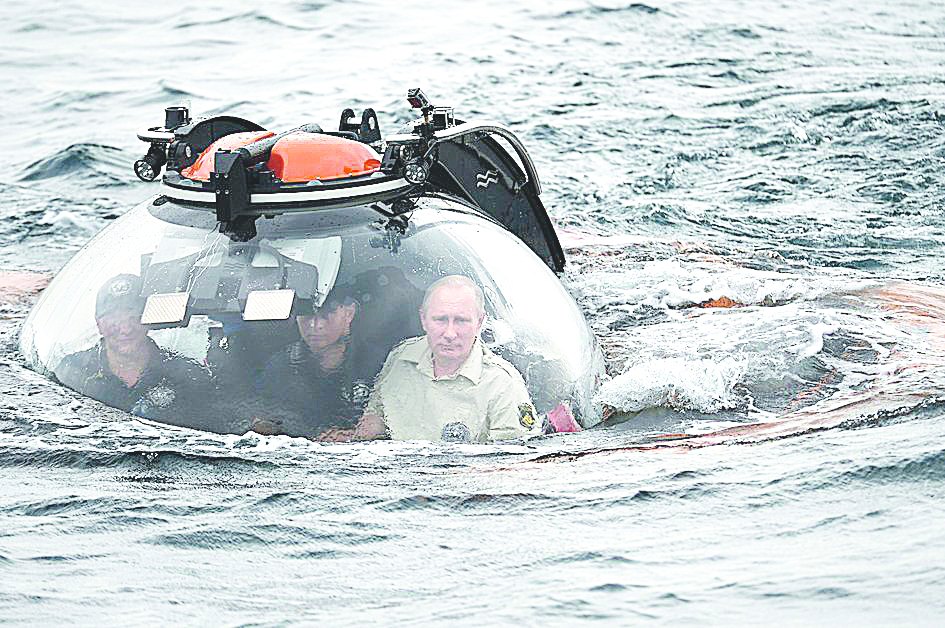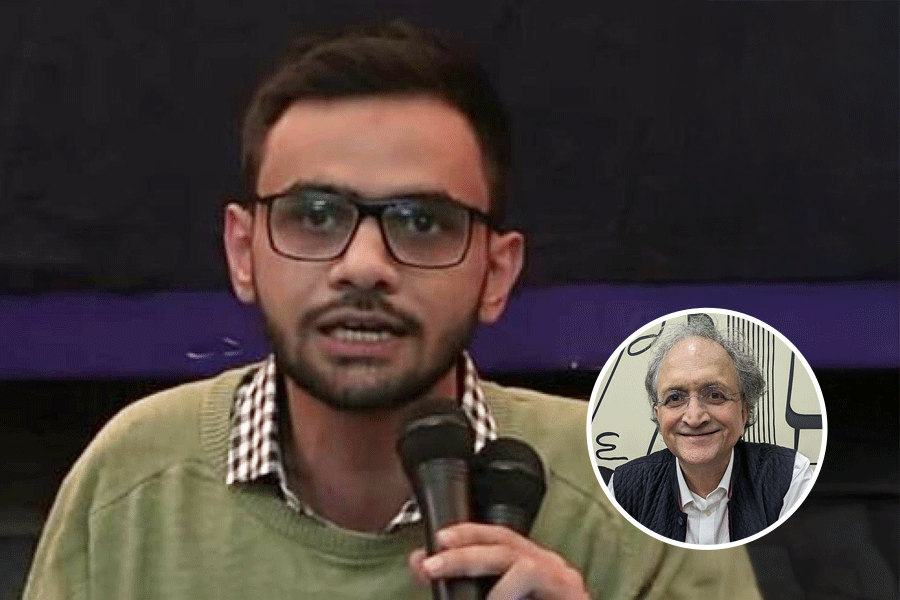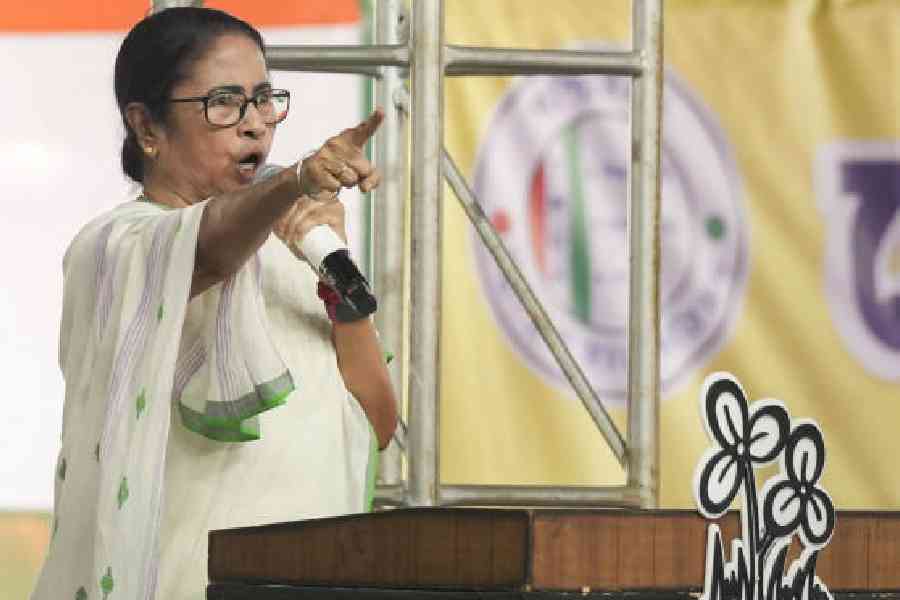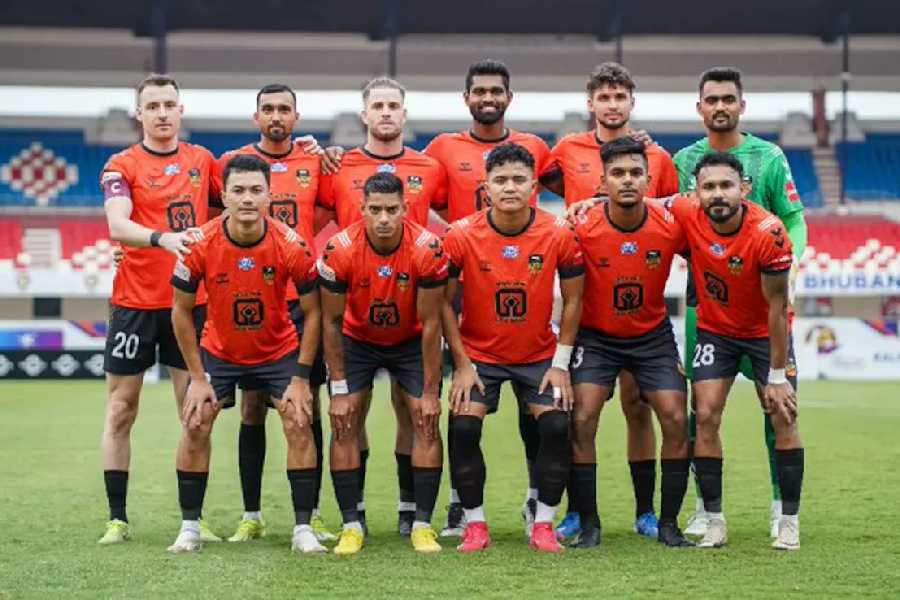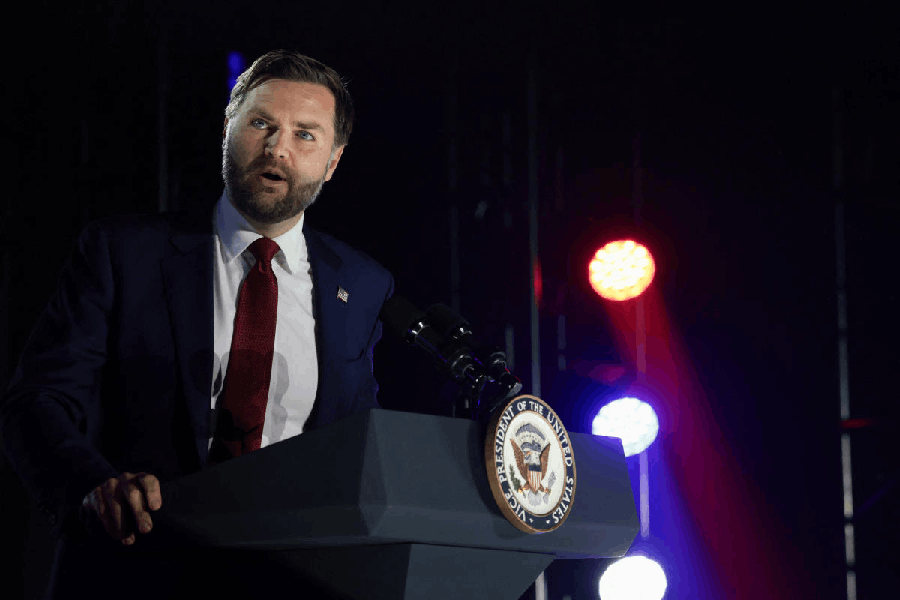
New Delhi, Aug. 18: Fourteen tiny Pacific Island nations have done to Prime Minister Narendra Modi what he did to Russian President Vladimir Putin last month: force their host to change the venue to combine sightseeing with summiteering.
Modi had proposed a "coastal destination" in India for the summit with the Pacific island leaders when he met them in Fiji last year, and even announced his suggestion.
But, on Friday, the Prime Minister will host these leaders in Jaipur.
The guests have conveyed to the Indian foreign office that taking them to a coastal town would be akin to carrying coal to Newcastle, senior officials said.
The leaders of Fiji, Niue, Vanuatu, Palau, Tuvalu, Micronesia, Nauru, Kiribati, Solomon Islands, Tonga, Cook Islands, Marshall Islands, Samoa and Papua New Guinea also said they wanted to visit Agra, where they will be driven down on Thursday from New Delhi.
Some of the leaders have already landed here, and the rest are expected to arrive tomorrow.
Venues for summits are usually decided by the host nation, not handpicked by guests, veteran diplomats said. While visiting leaders often express a desire to also travel to other cities, they rarely suggest venues for the actual summit.
But India's decision to readily accept the nudge from the Pacific Island leaders also underscores a little-acknowledged aspect of diplomacy - the flexibility otherwise bureaucratic foreign offices need to demonstrate at times with strategically important visitors.
"You've got to see the viability of a venue from the perspective of not only signalling, but also security, infrastructure and its capacity to host such meets, which is why the host country picks summit sites," said the former protocol chief at the external affairs ministry, Shashishekhar Madhukar Gavai. "But if a visitor expresses a preference for a venue, one does take that into account. Diplomacy is about being sensitive."
Modi himself tested that flexibility with Russia last month on a visit to Ufa where he met Putin.
India and Russia hold annual summits between their chief executives, and as host this year, Russia had planned to host the meet in Moscow this December.
But Modi pitched a different venue for the summit with Putin. "If I have the chance to visit Astrakhan, I would like to do so, because when I was chief minister of Gujarat, there were, and there still are, brotherly relations between Gujarat and Astrakhan," Modi told Putin, according to a Kremlin transcript of the exchange. "Perhaps we could organise our summit in Astrakhan."
Traders from present-day Gujarat first travelled to the southwest Russian city of Astrakhan on the banks of the Volga in the 17th century, bringing back the region's famed textiles, jewellery and medicines to South Asia.
Initially, Putin was taken aback by the suggestion. The highest day temperatures in Astrakhan in December barely reach 4 degrees Celsius, and Putin told Modi it may be too cold there to host the summit, according to senior officials present at the meet.
But later, Russian officials communicated to their Indian counterparts that Putin would advance the summit to October, to accommodate Modi's desire to hold their meet in Astrakhan.
Though Putin mentioned only temperature, another factor worrying Moscow, according to Russian officials, was the relatively limited infrastructure in Astrakhan to host a summit.
Another concern, said a second former Indian chief of diplomatic protocol who served in the 1980s, that drives the decision on the venue for a summit is the feasibility of travel for the host nation's leader and other ministers.
Summit meetings between leaders of nations frequently involve multiple ministers and senior bureaucrats. It isn't easy for several senior ministers to leave New Delhi at the same time, this officer pointed out, which is also why the capital is India's traditional favourite as a summit venue.
That doesn't mean visiting foreign leaders don't travel outside New Delhi. Often, their embassies here inform the foreign office of other cities where their leaders would like to travel, apart from the Indian capital.
Their choices are usually dictated by symbolism.
In 2007, visiting Italian Prime Minister Romano Prodi insisted on visiting Calcutta because he wanted to pay homage to Mother Teresa at the residence where she had lived. He also chose Chennai for a halt, to visit the famed St. Thomas Mount cathedral there, which the Pope had visited in 1986.
And when Japanese Emperor Akihito and Empress Michiko visited India in December 2013, they chose Chennai as a second city to travel to, because of a growing Japanese industry presence there.
Modi's suggestion of a coastal venue for the summit with Pacific Island leaders too was driven by symbolism. "The next meeting can be held in 2015 in one of the coastal locations in India," Modi had told these leaders when he met them in Fiji's Suva last November. The aim was to emphasise the potential for maritime co-operation between India and these countries, officials said.
But most of the visiting Pacific leaders have never travelled before to India, and made it clear to the foreign office here that after landing in New Delhi and inspecting a guard of honour, they wanted to visit other cities.
They couldn't miss the Taj Mahal, they communicated, and a trip to Jaipur would serve as a bonus. The ability of both Jaipur and Agra to host multiple visiting heads of state and government - because of their experience in handling important visitors - meant India could not cite logistics as a concern.

